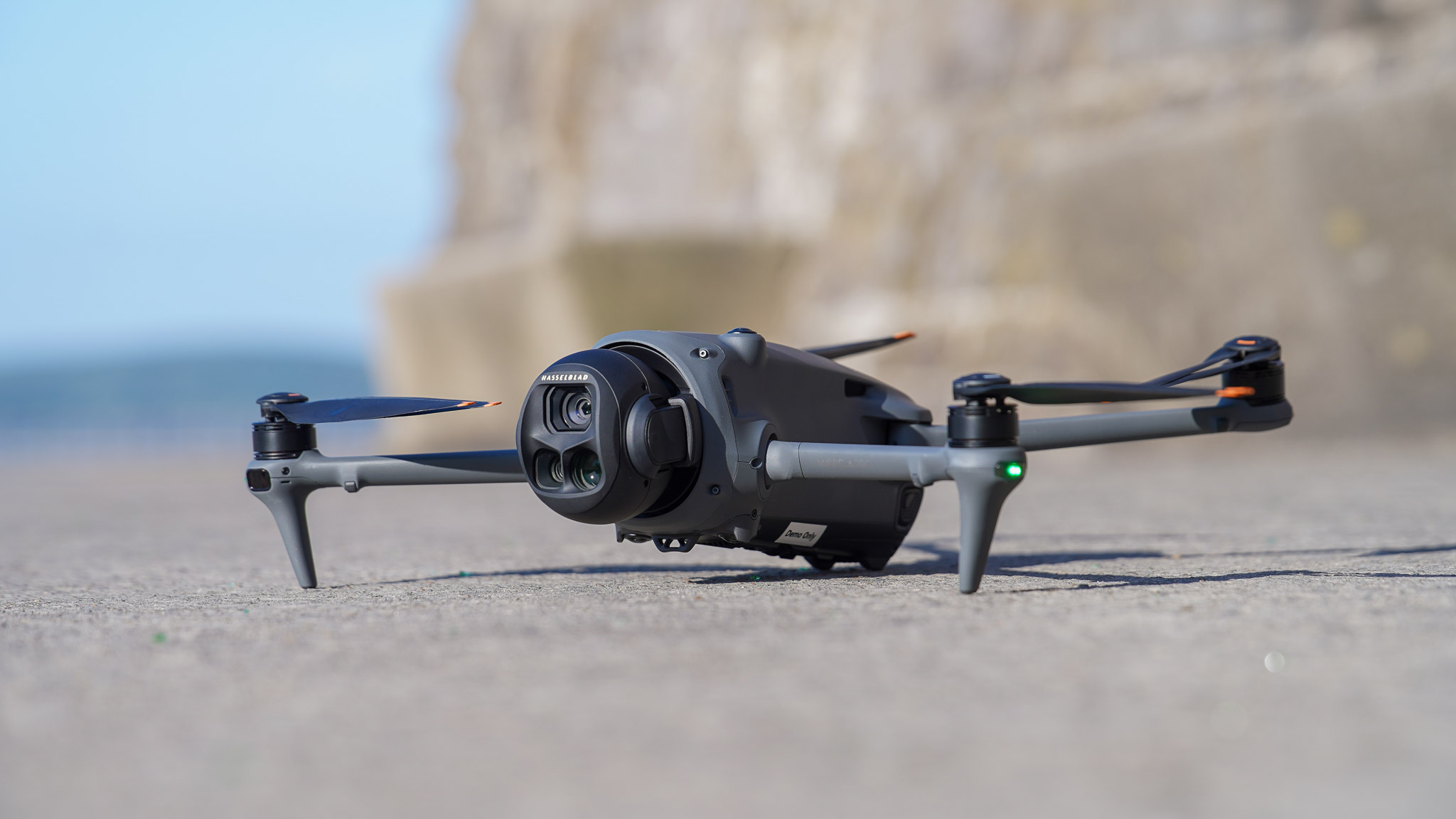

Derek Adams
Welcome to the world of the best drones, where aerial videography and photography have been revolutionised for both pros and hobbyists alike. And when I say revolution, I mean it: today's drones are content creation powerhouses that can launch from your palm and return to you without GPS.
Curating a guide such as this is a big responsibility, which is why I take my job seriously, not only by testing the models listed thoroughly but also by asking experts for their input. Drone testing is a very involved process that requires as much creativity as technical know-how.
This roundup might look like the best DJI drone guide, partially because the brand is in a league of its own, producing better and better drones without much competition. That said, other companies, such as HoverAir, also put out very decent options for those who crave DJI alternatives.
The best drone right now – at least, what we like the most – is DJI's foldable Flip. It's compact, with a sensational camera and flying performance, perfect for any self-respecting amateur pilot. If you need something small and capable, check out the DJI Mini 4 Pro. Money no object? You need the DJI Mavic 4 Pro, the best non-commercial drone right now.
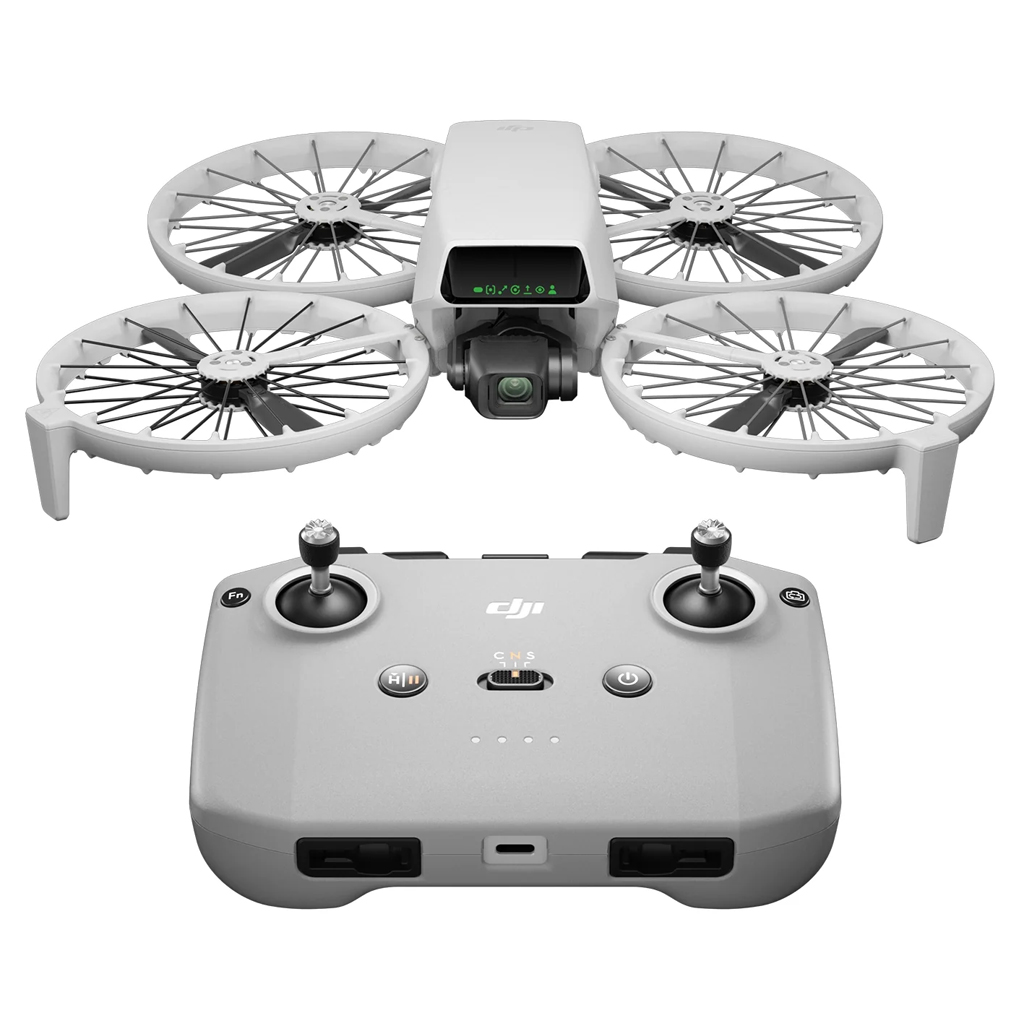
The DJI Flip is a brilliant camera drone, blending impressive AI features, stunning 4K camera performance, and double the flight time of the Neo, all in a lightweight, user-friendly design. Its affordability, paired with premium functionality, makes it an unbeatable choice for new pilots ready to elevate their aerial creativity.
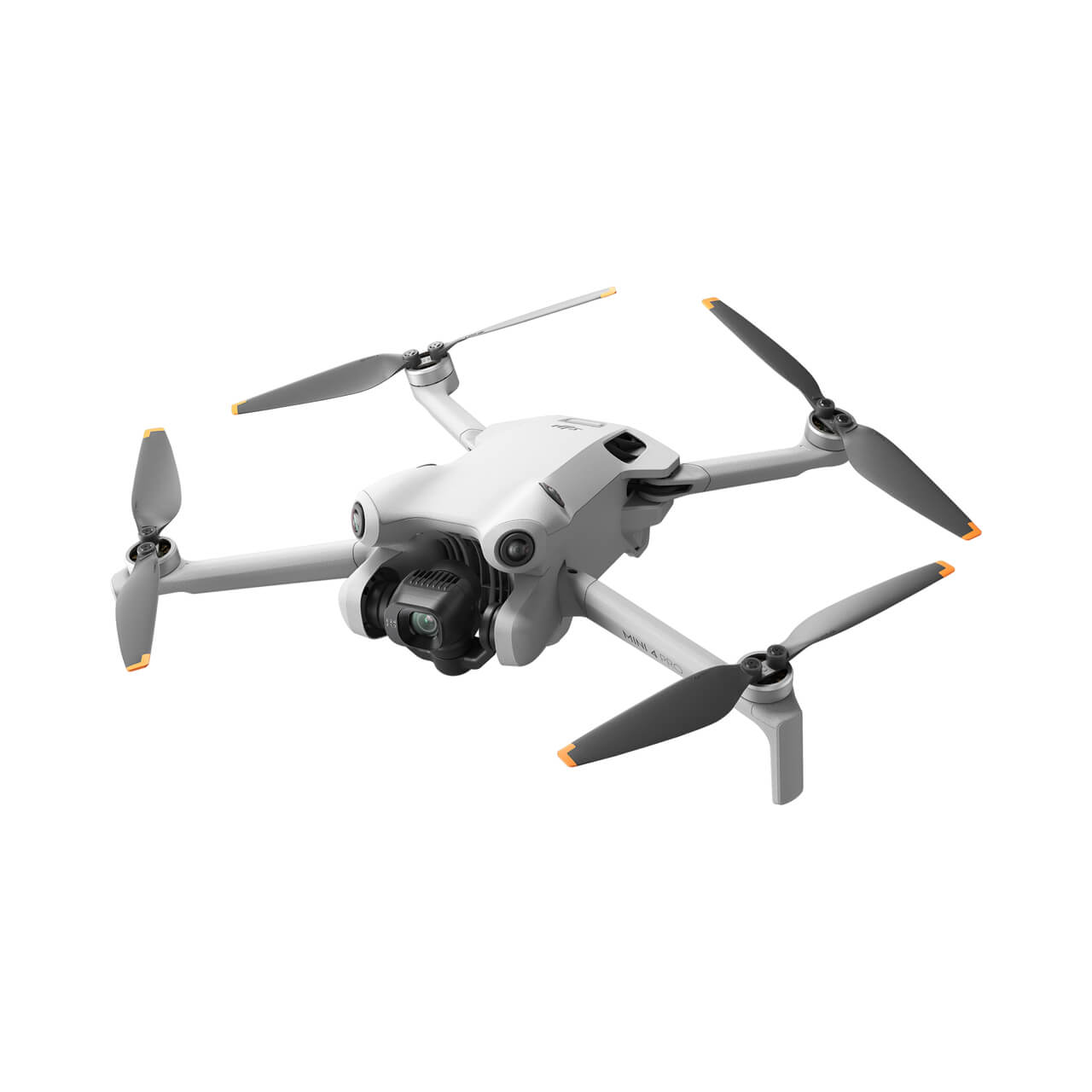
The DJI Mini 4 Pro redefines compact drone capabilities, offering 4K/100fps video, omnidirectional obstacle sensing, and advanced tracking in a sub-249g frame. Its lightweight design ensures regulatory ease, while features like true vertical shooting and extended flight time make it ideal for creators seeking portability without compromising performance.
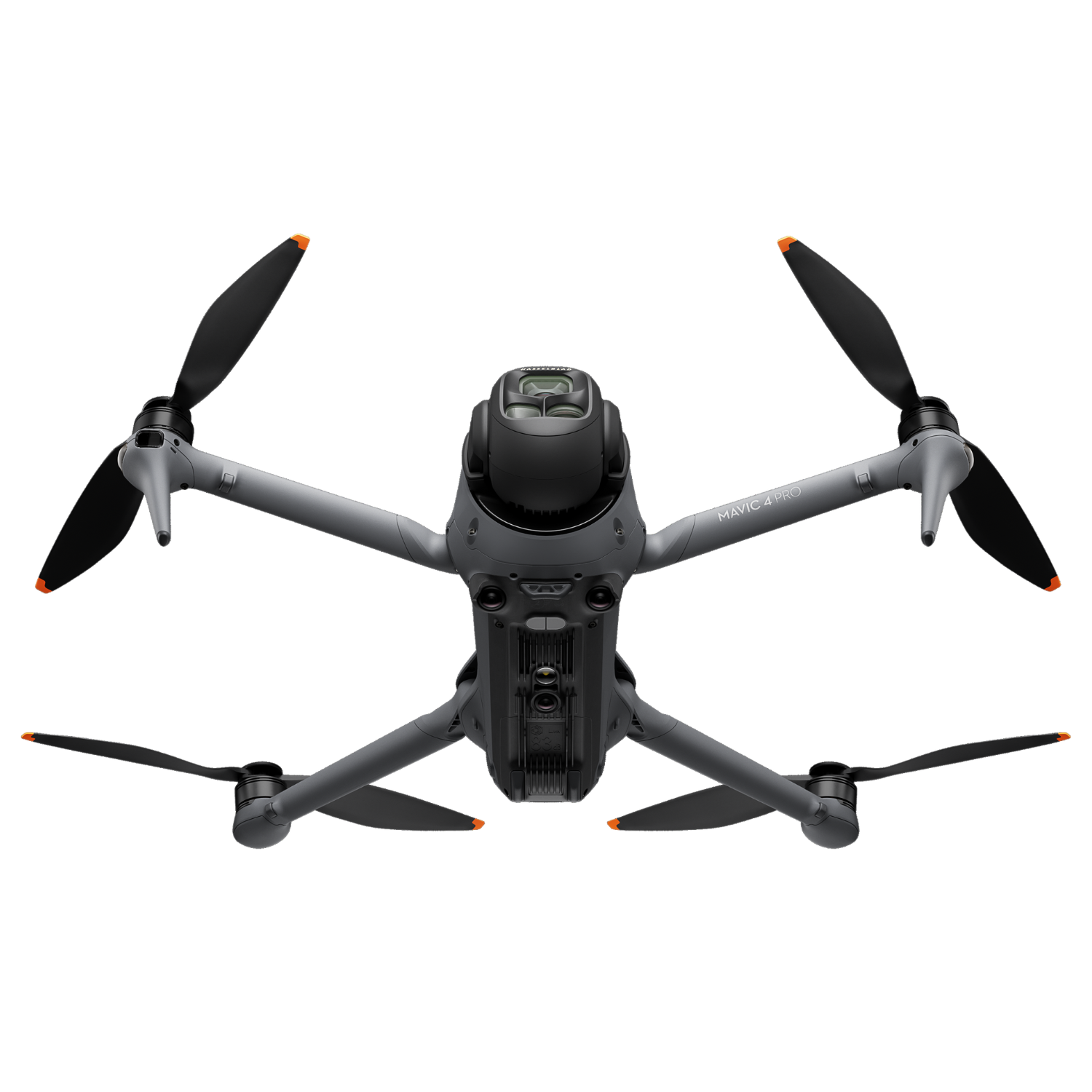
The DJI Mavic 4 Pro is a top-tier drone for professional creators, featuring a 100MP Hasselblad camera, 6K/60fps video, and a 360° rotating gimbal. With LiDAR obstacle sensing and a 51-minute flight time, it offers unparalleled aerial imaging capabilities. Ideal for those seeking premium performance and creative flexibility.
The best drone to buy right now
Best overall
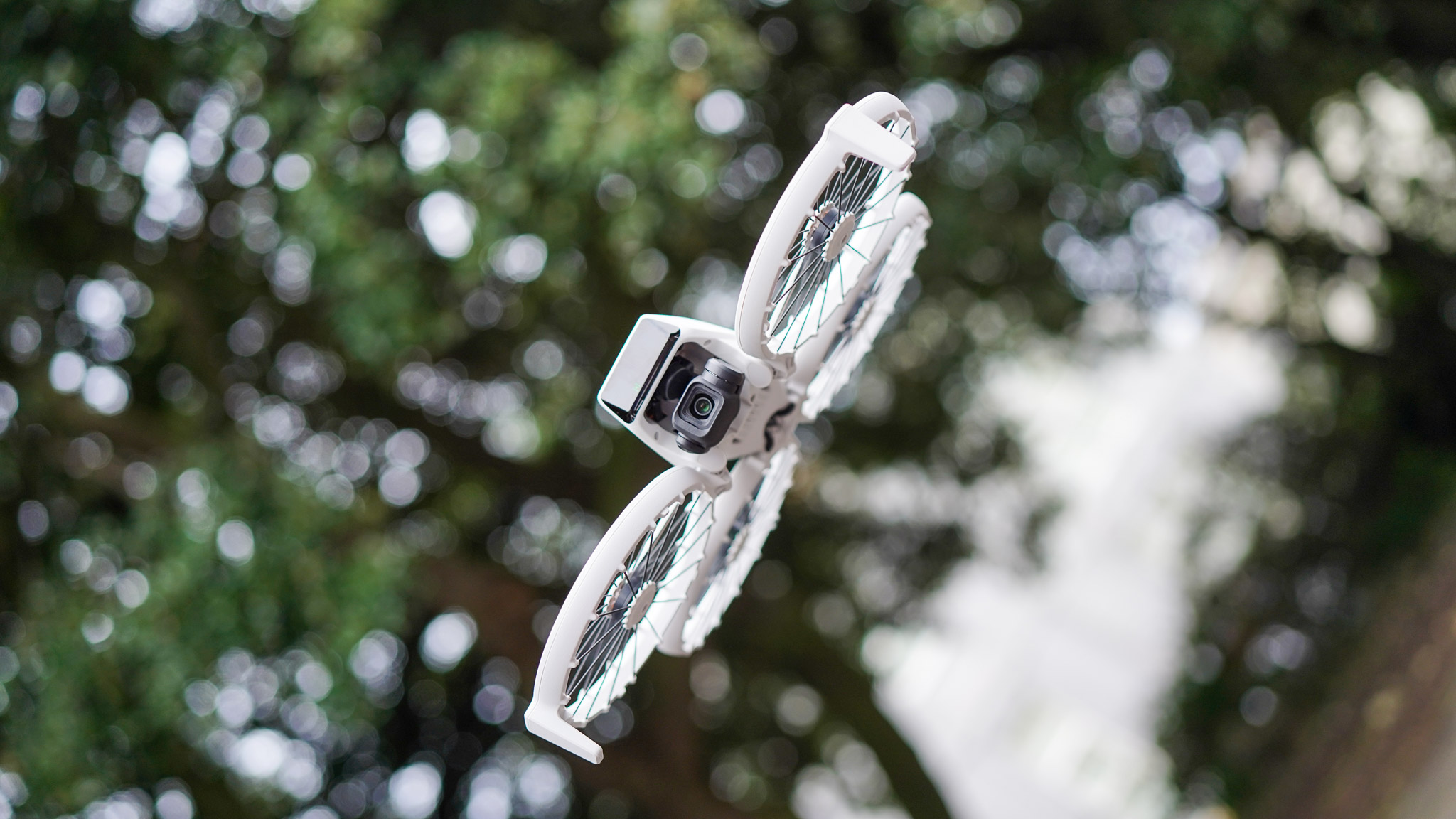
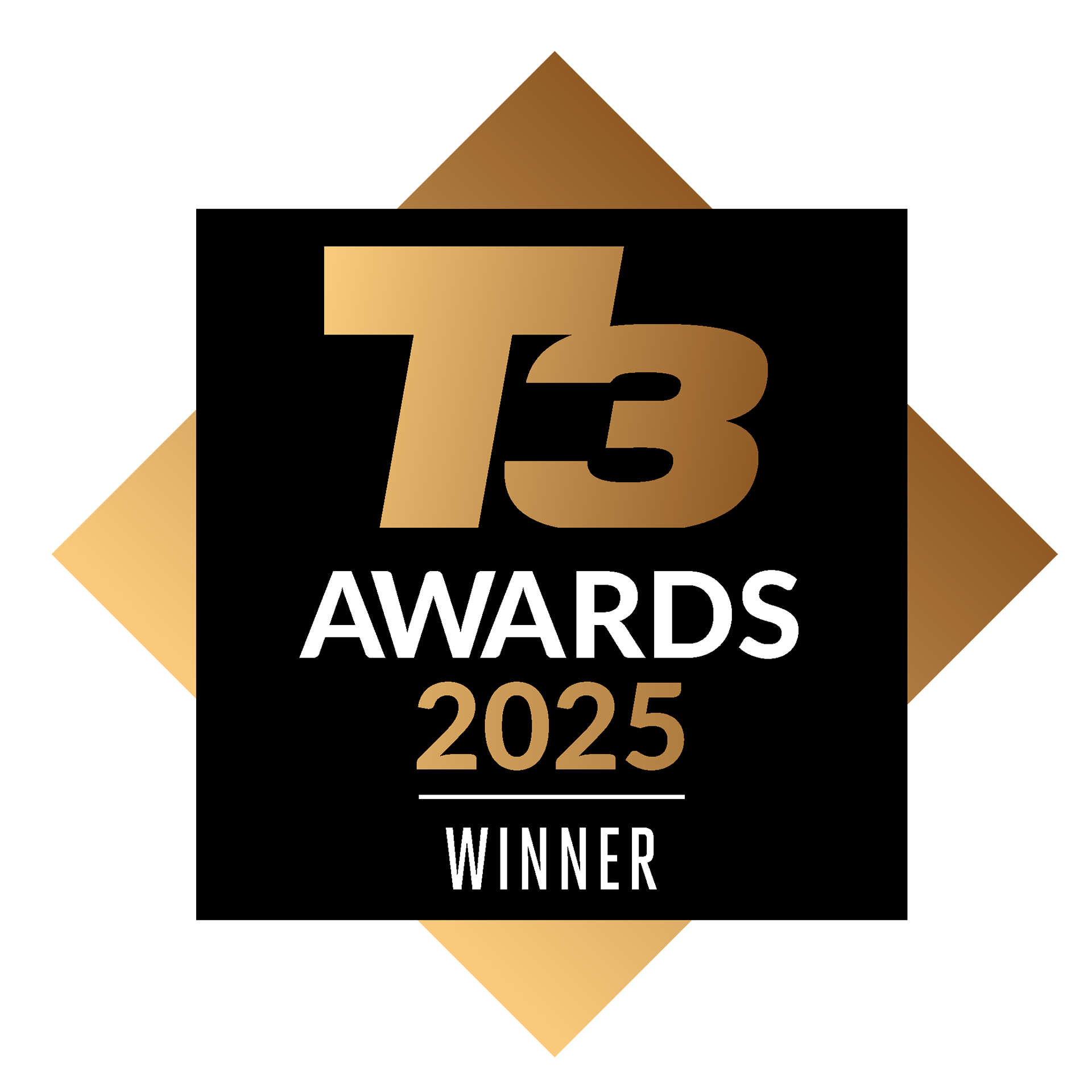
Specifications
Reasons to buy
Reasons to avoid
After extensive hands-on testing, I can confidently say the DJI Flip is the most exciting drone that has come out in the last 12 months. It combines pro-level features with an accessible price point, making it ideal for new and intermediate pilots alike.
The Flip's 1/1.3-inch sensor captures stunning 48MP photos and 4K video at 60fps, supported by a 3-axis gimbal for smooth footage. Its AI-powered subject tracking and autonomous shooting modes, like MasterShots and Hyperlapse, simplify capturing cinematic shots.
Weighing just 249g, it avoids the need for advanced pilot licenses in many regions. The 31-minute flight time is impressive, nearly doubling that of the beginner-friendly DJI Neo. Its folding design with built-in propeller guards enhances portability and safety.
However, the Flip isn't without flaws. It lacks the speed of higher-end DJI models and doesn't offer comprehensive obstacle avoidance, particularly when flying backwards or using certain modes. Despite these limitations, its affordability and feature set make it a standout choice for pilots on a budget.
In conclusion, the DJI Flip offers exceptional value, blending advanced features with a user-friendly design. It's my top recommendation for those entering the world of drones without breaking the bank.
Read our full DJI Flip review.
Best compact
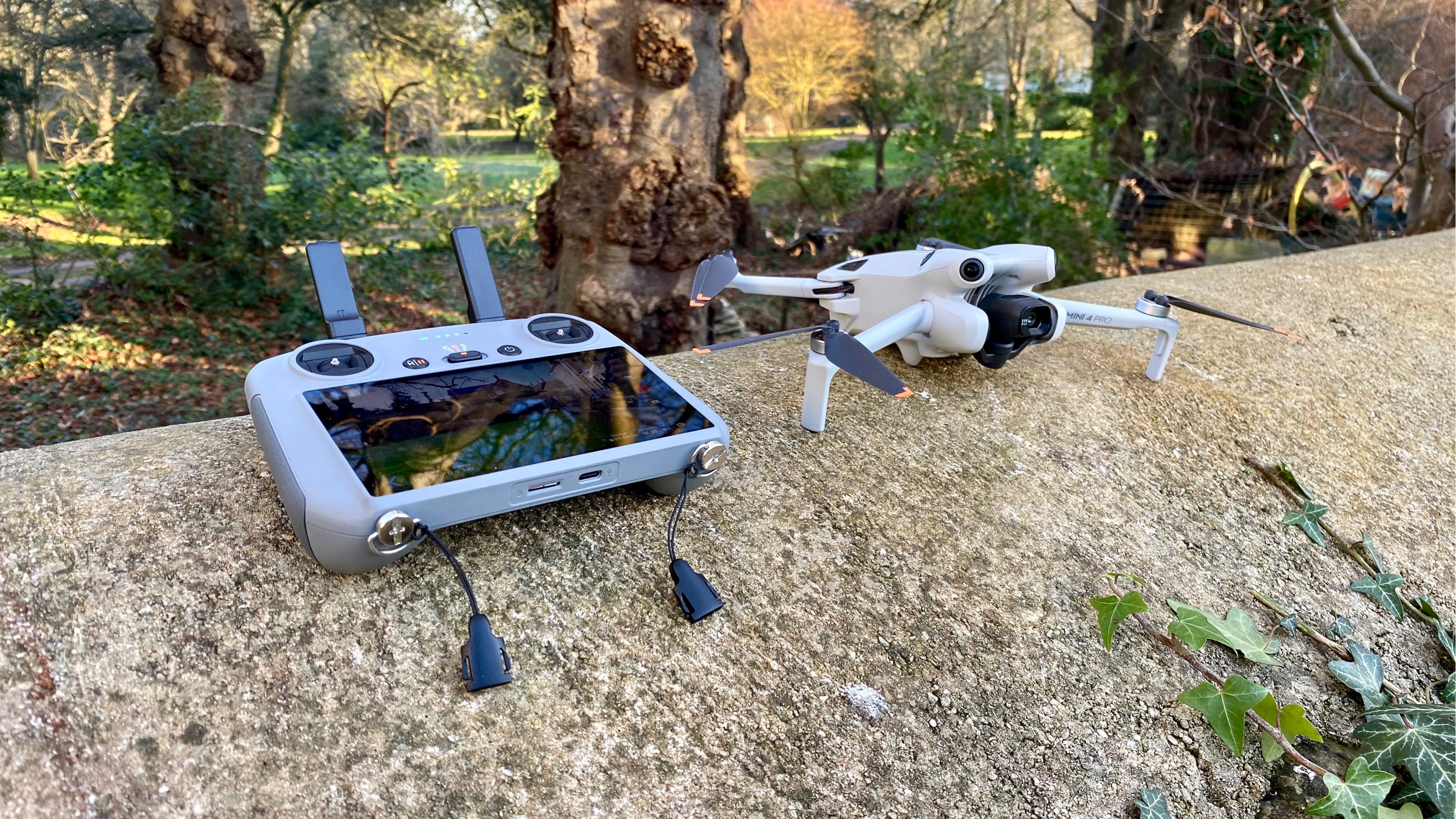
Specifications
Reasons to buy
Reasons to avoid
When choosing the best drone for you, the options are often DJI vs. DJI. This camera drone roundup is full of DJI drones, ranging from the more affordable to premium models. The DJI Mini 4 Pro was our top choice of drone in 2024 and has only recently been replaced by the Flip, thanks to the former offering more value for money for most people.
The DJI Mini 4 Pro is a sub-250g drone, meaning in many countries, you don't need additional licences to fly it. It's a joy to fly, too, with a whole host of automatic manoeuvres pre-loaded on the controller/drone.
Plus, there is that gorgeous camera, which really sets apart the Mini 4 Pro from similarly-sized drones. It can shoot videos in up to 4k resolution @ 100 fps, which is more than you need for most of the content you might capture with such a dinky drone.
Flight time is a commendable 34 minutes with the Intelligent Flight Battery, which can be extended to 45 minutes using the Intelligent Flight Battery Plus. Put it all together, and you have yourself a drone that's pretty much unbeatable at this price point!
Read our full DJI Mini 4 Pro review.
Best premium
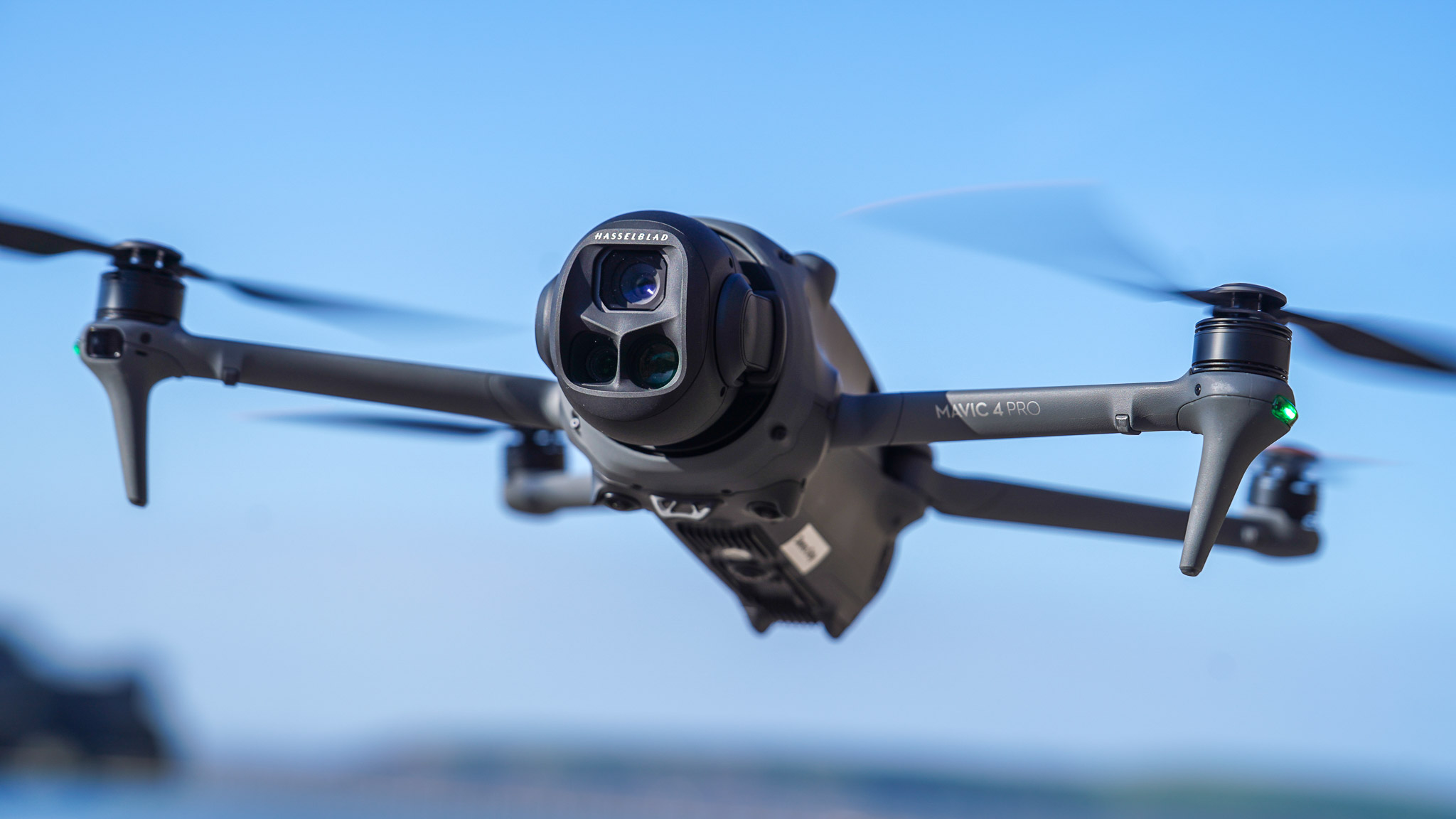
Specifications
Reasons to buy
Reasons to avoid
If you’re serious about aerial photography, the DJI Mavic 4 Pro is simply in a different league. After spending time flying it, it’s clear this drone isn’t about compromises: it’s about excellence. The triple-camera array is staggering, and the Hasselblad sensor, in particular, produced some of the most detailed and cinematic footage I’ve ever captured from the air.
While the Flip is fantastic for casual fliers, the Mavic 4 Pro is for those who want (and can handle) the best and are happy to pay for it. The gimbal system is silky smooth, the build quality is rock-solid, and the drone’s ability to handle adverse conditions impressed me every time I took it out. It’s fast, powerful, and packed with pro features that justify its premium price tag.
That said, it’s not for everyone. It’s larger, heavier, and more expensive than anything casual users would need. But if you want the best flying camera outside of enterprise gear, this is it. The Mavic 4 Pro redefines what a consumer drone can do, and after testing it extensively, it easily earns its spot as the best premium option on T3’s drone guide.
Read our full DJI Mavic 4 Pro review.
Best for indoor use
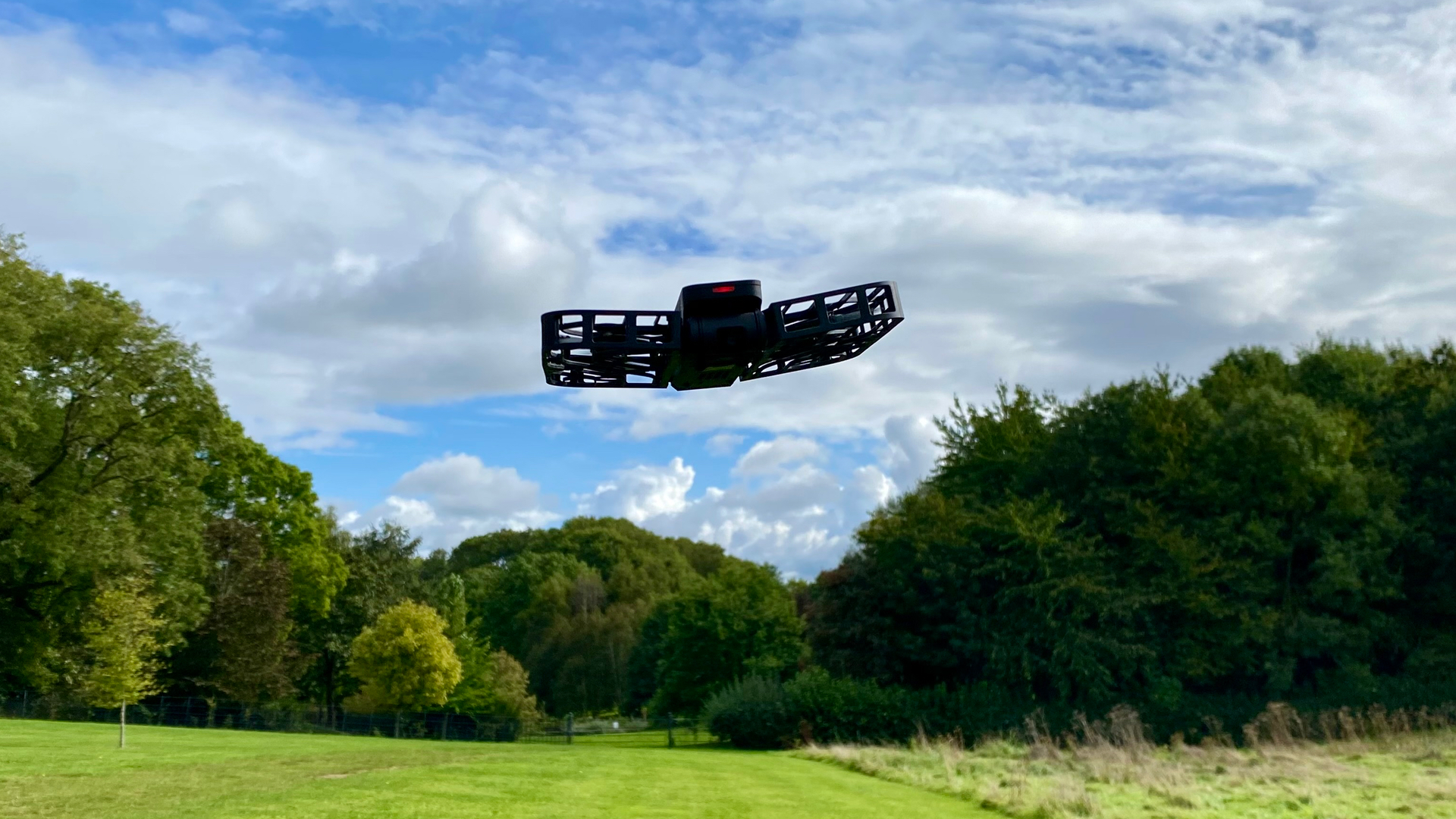
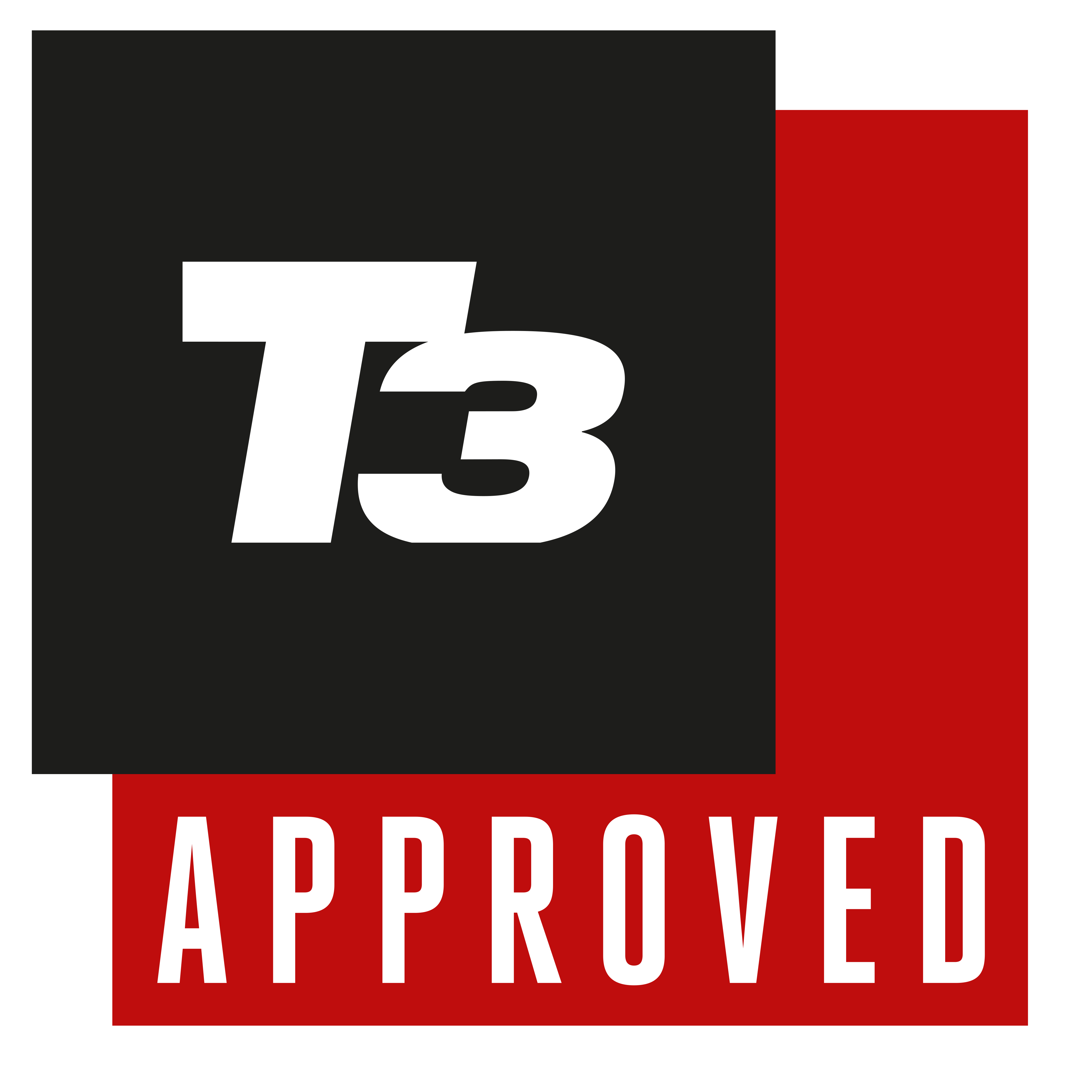
Specifications
Reasons to buy
Reasons to avoid
The HoverAir X1 Pro isn’t just a selfie drone; it’s also one of the best options for indoor flying you can get right now. The lightweight frame, enclosed propellers, and smart flight modes make it safe and easy to fly in tight, enclosed spaces where traditional drones would struggle.
During testing, we were impressed by how quickly it could be deployed and how stable it stayed indoors, even without GPS. The 4K video is sharp enough for social media and casual content creation, and the improved subject tracking is a real upgrade over the previous model, allowing you to grab smooth, hands-free footage without the usual indoor drone drama.
Of course, it’s not without limits. The battery life is short, and the lack of manual controls won’t satisfy serious drone pilots. But for quick content, indoor tours, or capturing memories without scaring the dog or wrecking the furniture, it’s fantastic.
If you’re looking for a compact drone that’s actually designed to handle indoor flying safely and easily, the HoverAir X1 Pro is a solid choice. The brand does other drones, too, which are mentioned below in the Honourable Mentions section of this drone guide.
Read our full HoverAir X1 Pro review.
Best FPV
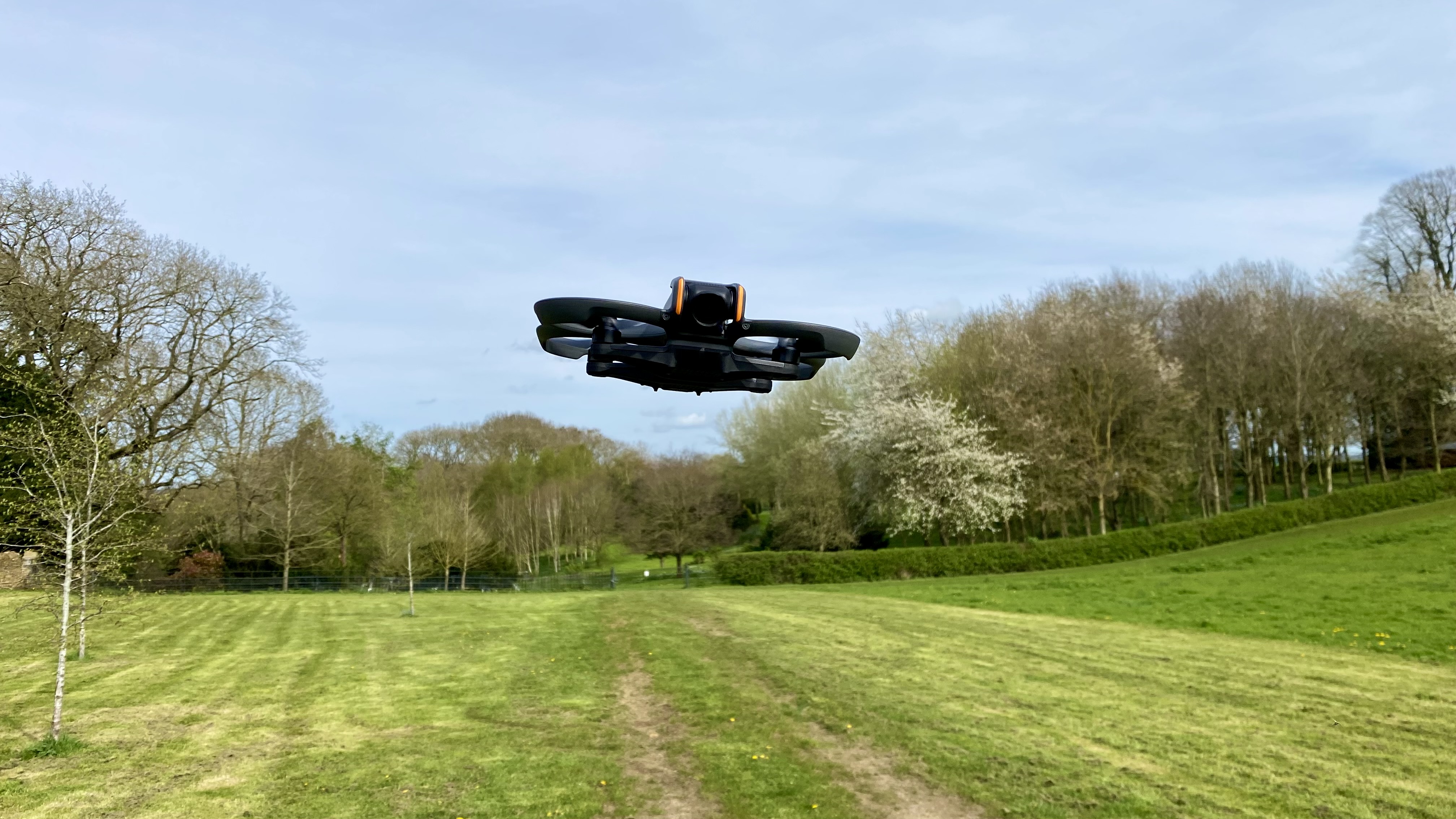
Specifications
Reasons to buy
Reasons to avoid
The DJI Avata 2 sets a new standard for FPV (First Person View) flying with its immersive experience and intuitive control. Equipped with amazing flight characteristics, it allows users to perform flips and drifts effortlessly, delivering stunning aerial footage.
With front and rear obstacle sensing, robust design, and easy-to-use flight control, it offers a seamless flying experience for both beginners and experienced pilots.
One of its standout features is the DJI Goggles 2, which provides a comfortable fit and stunning image resolution, enhancing the immersive flying experience. The Motion 3 controller adds to the ease of use, offering intuitive control and precise manoeuvrability.
In terms of pricing and availability, the Avata 2 is offered in different packages, including the Fly More Combo with additional accessories. While it's priced competitively, it delivers exceptional value for its performance and features. A top choice for enthusiasts and professionals looking for an exhilarating FPV flying experience.
Check out our full DJI Avata 2 review.
Best mid-range
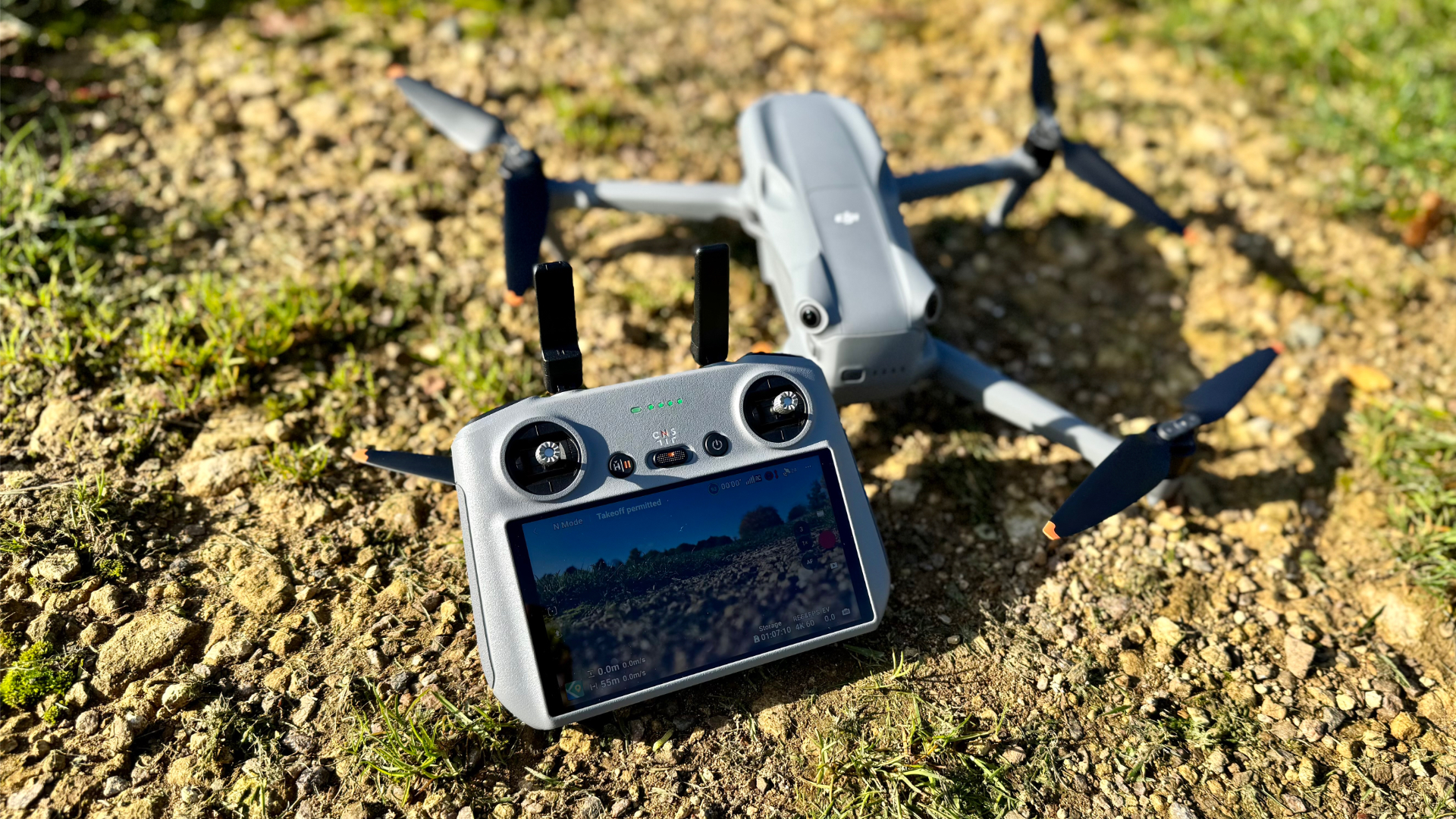
Specifications
Reasons to buy
Reasons to avoid
The DJI Air 3S is the perfect mid-range drone, delivering a harmonious blend of performance, camera quality, and advanced features.
Its dual-camera system, comprising a 50MP wide-angle lens and a 70mm telephoto lens, offers versatility for both expansive landscapes and detailed close-ups. The drone's ability to capture stunning 4K video, coupled with its impressive 45-minute flight time, really impressed us during testing.
Safety and ease of use are paramount with the Air 3S. The inclusion of LiDAR-based obstacle avoidance, taken to the next level in the Mavic 4 Pro listed above, provides peace of mind during complex flights, while the array of autonomous flight modes, such as QuickShots and MasterShots, empowers users to achieve cinematic shots effortlessly.
The drone's robust build and smooth flight controls make it suitable for both hobbyists and semi-professional content creators.
While the Air 3S requires Pilot and Flyer IDs due to its weight and sports a somewhat uninspired colour scheme, these are minor drawbacks compared to its overall capabilities. In the mid-range category, the DJI Air 3S sets a new benchmark, offering features typically found in higher-end models at a more accessible price point.
Read our full DJI Air 3S review.
Best budget
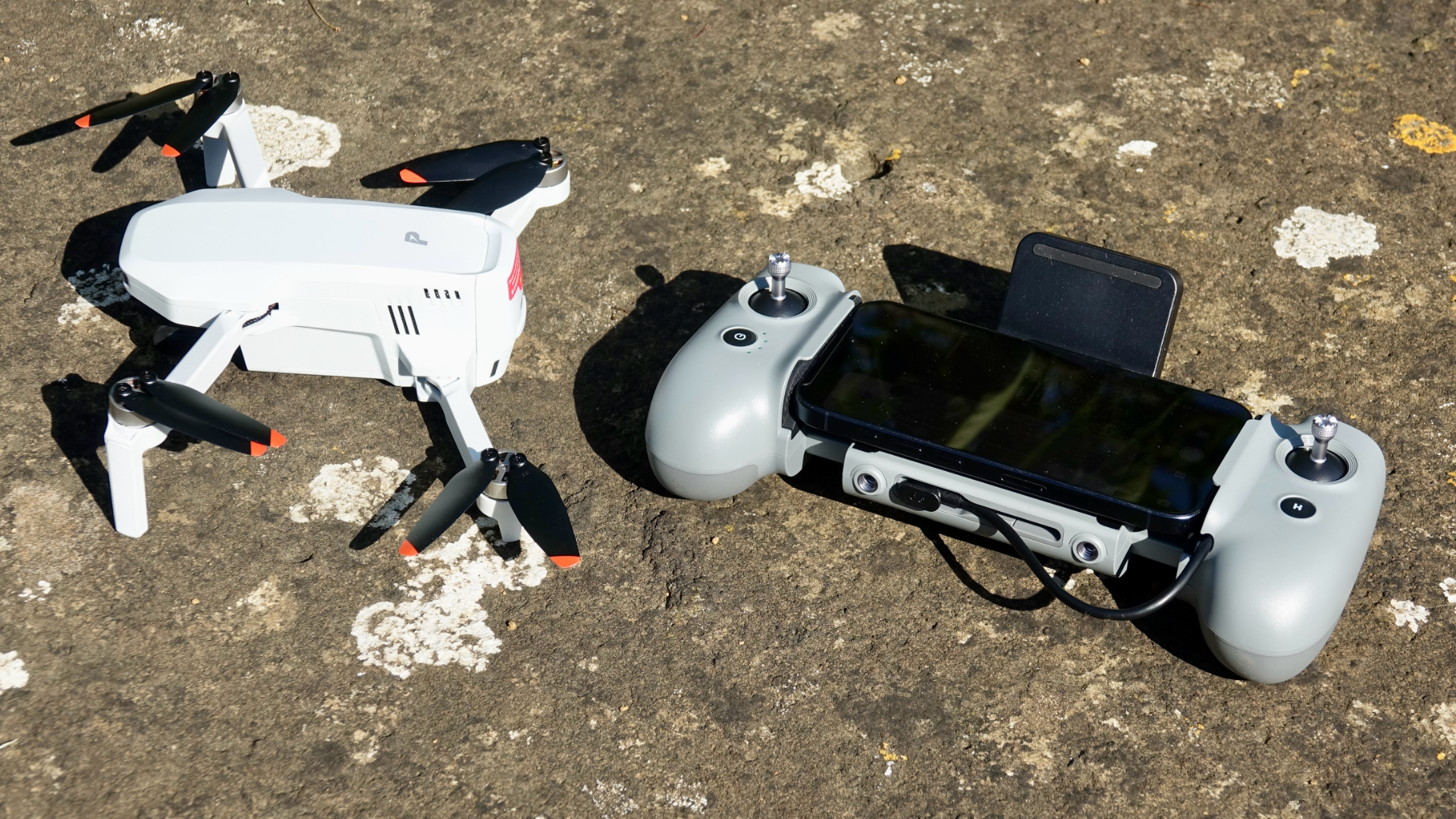
Specifications
Reasons to buy
Reasons to avoid
If you want a drone that nails the basics without breaking the bank, the Potensic Atom 2 is it. After testing, we can say it punches well above its weight, literally and figuratively. It’s light enough to avoid extra licensing hassle and still packs in 4K video, a solid 32-minute flight time, and even some intelligent flight modes you’d expect to find on much pricier models.
What impressed us most is how beginner-friendly it is. From the fast GPS lock to the stable hover, it made flying feel easy and safe. The 3-axis gimbal keeps footage steady, and while it can’t match DJI’s premium models for detail or dynamic range, the results are more than good enough for casual flying and social media.
Of course, you can’t expect miracles at this price. The app feels basic, obstacle avoidance is absent, and it’s not built to withstand heavy wind. But if you’re stepping into drones for the first time or want something lightweight for travel, the Atom 2 is a brilliant starting point.
Read our full Potensic Atom 2 review.
Honourable mentions
The DJI Mavic 3 Classic delivers stunning image quality with its Hasselblad camera and excellent flight performance. While it lacks the zoom lens of the Pro model, it remains a top choice for creators who want cinematic shots without the extra cost.
The first-gen DJI Avata is a brilliant FPV drone with intuitive controls, impressive camera performance, and exhilarating speed. Although setup can be time-consuming, its ready-to-fly design and stunning footage make it worth the investment for drone enthusiasts.
The HoverAir X1 PROMAX builds on the success of its smaller siblings with upgraded flight stability and camera features. It's still ultra-portable and perfect for solo creators, but is a bit too expensive for what it has to offer.
Compact, light, and incredibly easy to fly, the first-generation HoverAir X1 is a great choice for casual users looking for quick, hands-free selfies and videos. Its simplicity is a major plus, though advanced users may find its feature set limited compared to larger drones.
With a triple-camera system and class-leading flight time, the last-gen DJI Mavic 3 Pro is a powerhouse for professional creators. Surpassed by the Mavic 4 Pro in 2025, it’s big and expensive, but if you want the ultimate flexibility in aerial imaging, there’s nothing else quite like it.
How to choose the best drone for you
In order to figure out which is the best drone for you, it really helps to understand a bit about how different types of drones work. In a nutshell, drones rely on rotors for propulsion and control. The faster these rotors spin, the greater the upward lift. The movement of a drone can be changed by altering the speed of one or more of its rotors.
These rotors are powered by motors which can be 'brushed' or 'brushless'. The difference? Brushed motors use a mechanical process (a 'commutator') to move the magnetic field that turns the rotors. Brushless motors, which are usually found on more expensive drones, are generally preferable and rely more on electronics rather than additional physical parts, such as the brushes in the commutators, to generate power. This means they generate less friction (and bear in mind that friction slows the motor down), produce less heat and provide better all-around performance.
Another important factor to take into consideration is skill level. Beginners should look for more rugged models, as well as features such as rotor protectors and one-touch recall controls. But don’t make the mistake of assuming smaller, lighter drones are better for beginners – these drones are often designed for those keen to perform complex aerial manoeuvres and might well be trickier to control.
Finally, remember to look for drones with the features you’re specifically keen on, and no more. Opting for a drone which boasts features you don’t need and won’t use will mean you’ll spend more on a drone which will weigh more and won’t perform in the way you want it to.
How we test the best drones
We test drones rigorously, evaluating factors like flight performance, camera quality, battery life, and ease of use. In the field, we assess stability, maneuverability, and response to controls, ensuring they handle well in various conditions.
We examine features like obstacle avoidance and follow-me modes for effectiveness. We scrutinise image and video quality, looking at clarity, colour accuracy, and stabilisation.
Battery life is tested through multiple flights, gauging how long each drone can stay airborne on a single charge. We also consider user experience, including setup process, app functionality, and overall intuitiveness.
FAQ
Do I need a licence to fly a drone?
Drone licensing requirements vary by country and drone weight. Recreational pilots often don't need licenses for lightweight drones but must adhere to flight regulations. Commercial drone use typically requires licensing. Always check local regulations to ensure compliance and safe operation.
Is it illegal to fly a drone over houses UK?
In the UK, it's not illegal to fly a drone over houses, but it's subject to regulations. Recreational drone pilots must maintain a safe distance from people, buildings, and vehicles. Flying over houses is allowed if privacy and safety are respected. Commercial drone operations require specific permissions from the Civil Aviation Authority.
Is it illegal to fly a drone over houses US?
In the US, it's not necessarily illegal to fly a drone over houses, but there are regulations set by the Federal Aviation Administration (FAA) that must be followed. These regulations include maintaining a safe distance from people and property, flying below 400 feet, and avoiding restricted airspace. Violating these regulations could result in legal consequences.
Can I fly a drone in my garden UK?
Yes, you can fly a drone in your garden in the UK, but you must follow the regulations set by the Civil Aviation Authority (CAA). Keep your drone within your line of sight, avoid flying near airports or crowded areas, and respect people's privacy and property.
Can I fly a drone in my garden US?
Flying a drone in your garden in the US is generally allowed, but it's important to follow Federal Aviation Administration (FAA) guidelines. Keep your drone within your line of sight, avoid flying near airports or crowded areas, and respect people's privacy and property. Some local regulations may also apply.
How much should you pay for a good drone?
The cost of a good drone can vary widely depending on factors like features, brand, and intended use. Generally, quality drones suitable for beginners can start from around $200 to $500, while more advanced models with professional-grade features can range from $1000 to several thousand dollars. Check out T3's best cheap DJI drone deals for the current offers.
Get all the latest news, reviews, deals and buying guides on gorgeous tech, home and active products from the T3 experts

Matt Kollat is a journalist and content creator who works for T3.com and its magazine counterpart as an Active Editor. His areas of expertise include wearables, drones, fitness equipment, nutrition and outdoor gear. He joined T3 in 2019. His byline appears in several publications, including Techradar and Fit&Well, and more. Matt also collaborated with other content creators (e.g. Garage Gym Reviews) and judged many awards, such as the European Specialist Sports Nutrition Alliance's ESSNawards. When he isn't working out, running or cycling, you'll find him roaming the countryside and trying out new podcasting and content creation equipment.